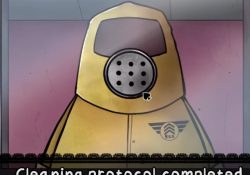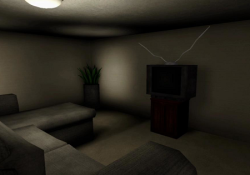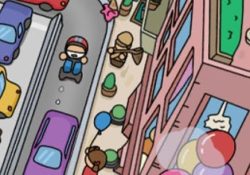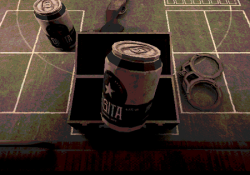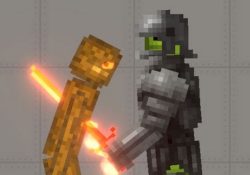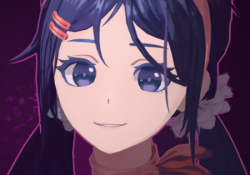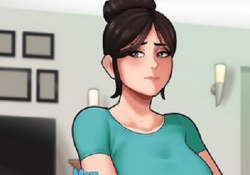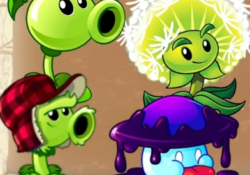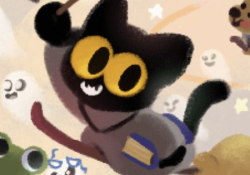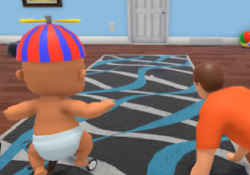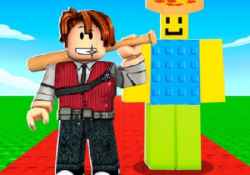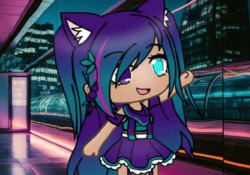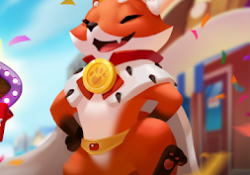Slay The Princess The Pristine Cut places the player at the center of a repeating decision-driven story. The narrative begins with a lone figure walking through a forest, guided by a voice that urges a single task: to enter a cabin and kill the princess inside. The player has no name, no memory, and no visible form—only the narrator and the situation ahead. Every action, from picking up a weapon to speaking a certain way, causes shifts in how the story unfolds. The update known as The Pristine Cut adds new paths and outcomes, expanding the experience beyond its original structure.
Choices And Branching Paths
The game follows a branching visual novel format. What begins as a single situation gradually reveals layers through multiple narrative loops. Each decision changes both the events and the identity of the princess, who may become kind, dangerous, confused, or something else entirely. The narrator and other voices within the player’s mind adapt based on how previous routes were handled. The Pristine Cut introduces new variations and paths that go beyond the original game’s scope, including alternate forms of the characters and new moral dilemmas that alter the final outcome.
Main Elements Of Gameplay
- Interactive dialogue trees that influence tone and outcome
- A looping structure where previous choices leave a trace
- Evolving characters who remember and react differently
- Voiceovers that change depending on route progression
- A gallery and unlock system tracking different storylines
These systems encourage replay, with each loop offering slight or dramatic shifts in how the characters view each other and the roles they play.
Character Focus And Dialogue System
There are only a few speaking roles in the game, but they shift meaningfully. The narrator gives firm instructions, while inner voices represent doubt, aggression, fear, or curiosity. The princess changes with each playthrough, in design and in personality and behavior. Voice acting plays a central role in carrying these changes across routes. Tension builds through subtle inflection and altered reactions, creating a dynamic experience even within the same scenes. Some playthroughs may feel familiar at first but become unrecognizable depending on the decisions made.
Visuals, Sound, And Platform Expansion
The game uses detailed black-and-white illustrations with occasional color to emphasize specific moments. The sound design uses silence and minimal music to create atmosphere, with voice lines doing most of the emotional work. The Pristine Cut version was released as a major content update and console launch, making the title available to a wider audience. It includes adjustments for new input methods and additional language options. While simple in appearance, the game’s complexity comes from its branching narrative and shifting psychological tone. Slay The Princess The Pristine Cut offers a compact but rich narrative that changes meaning depending on how players choose to act—and who they choose to trust.




